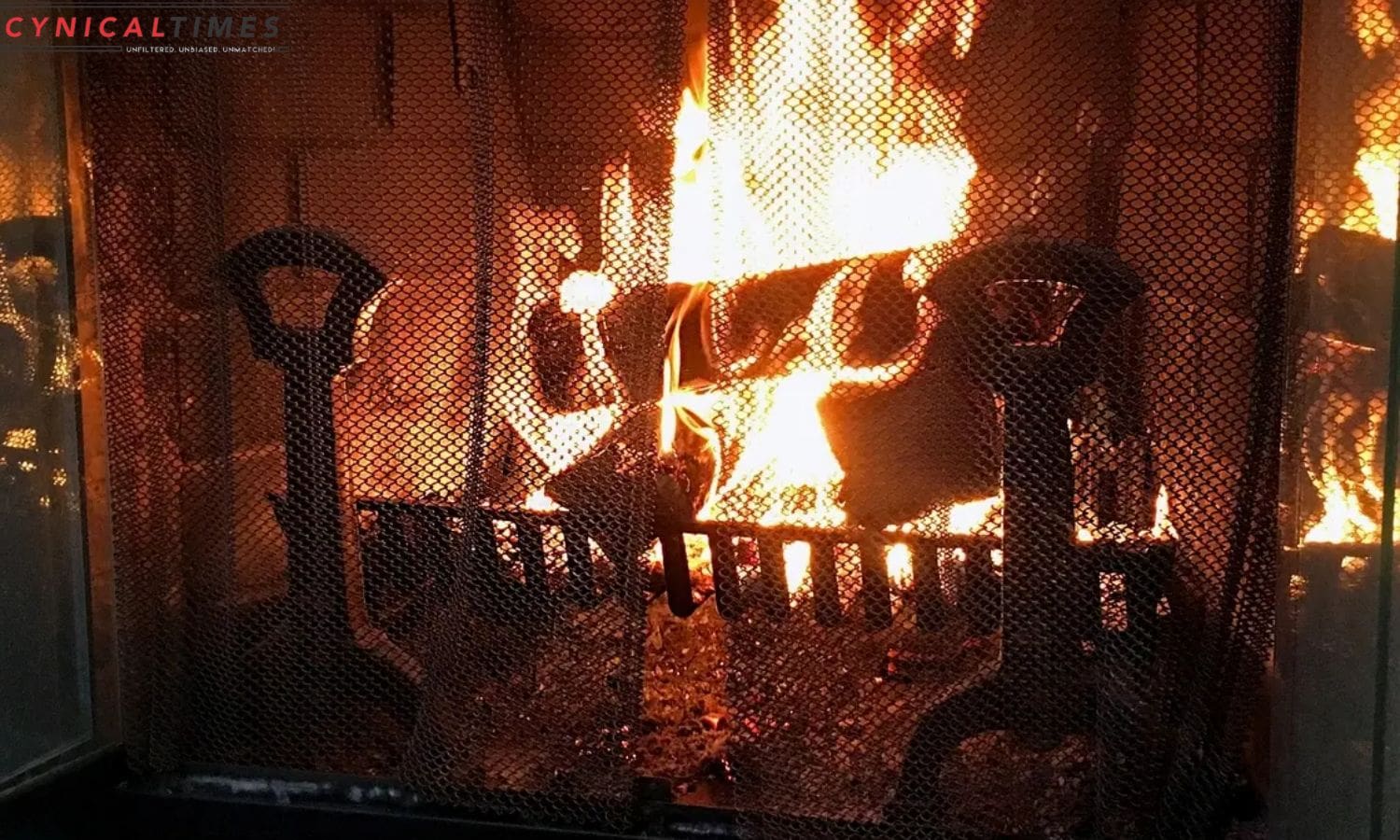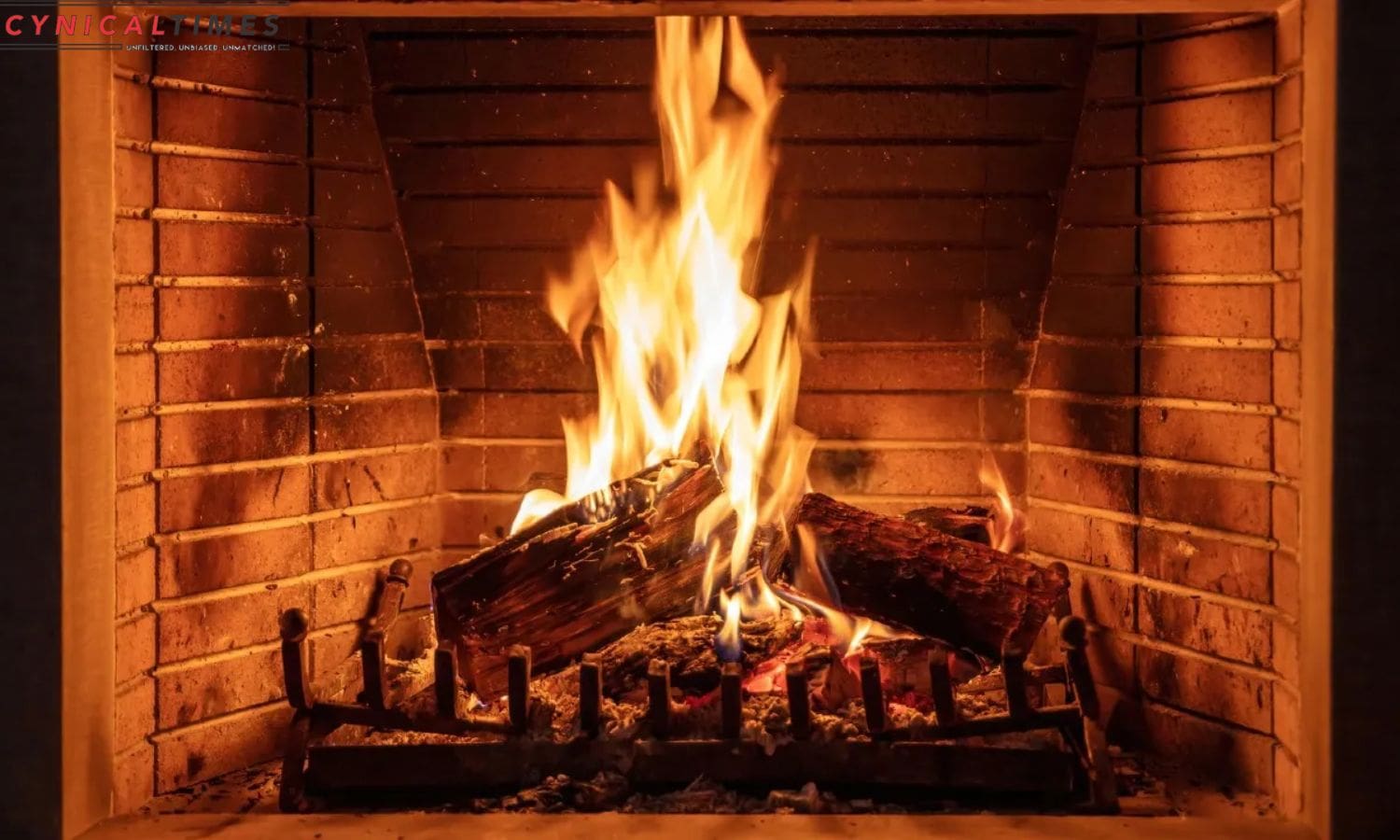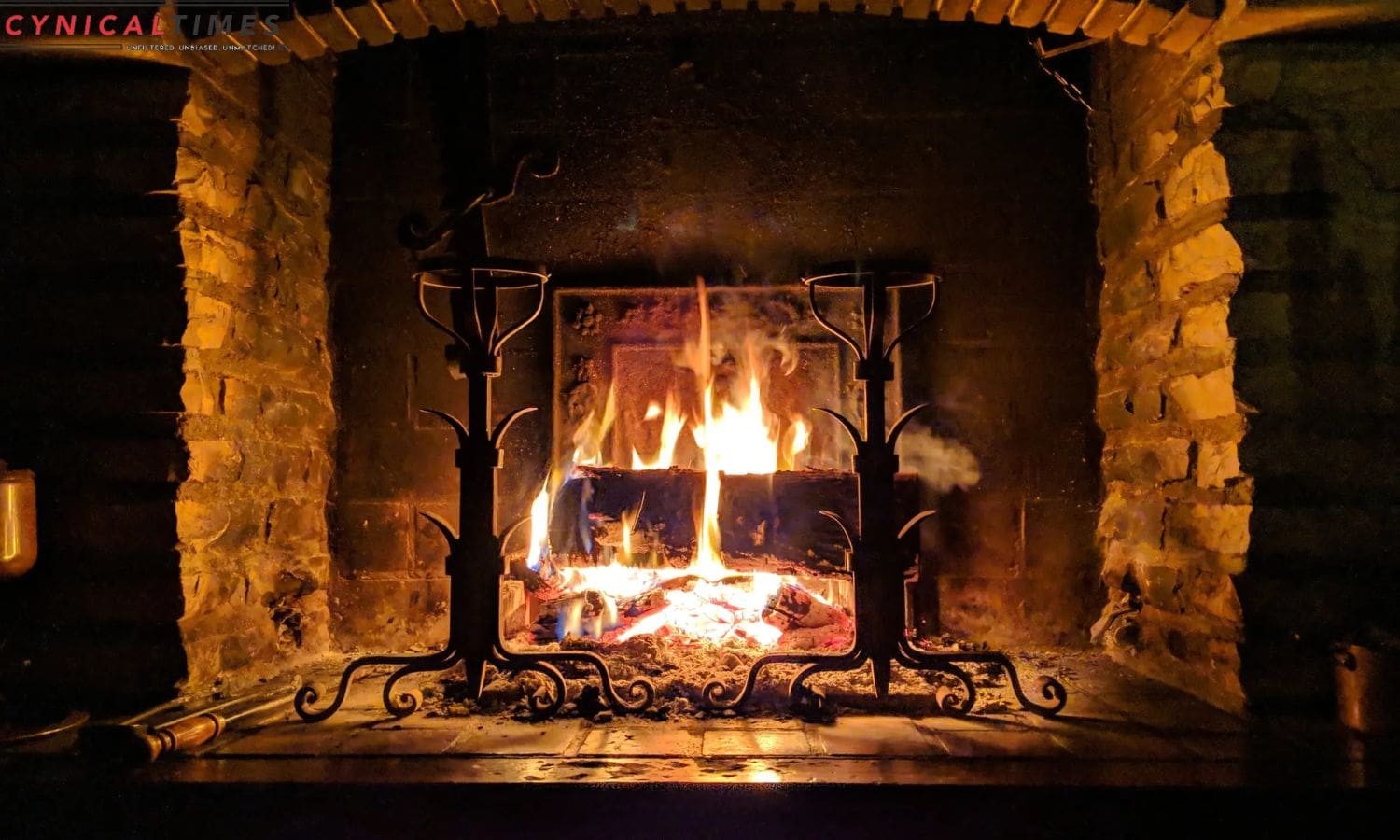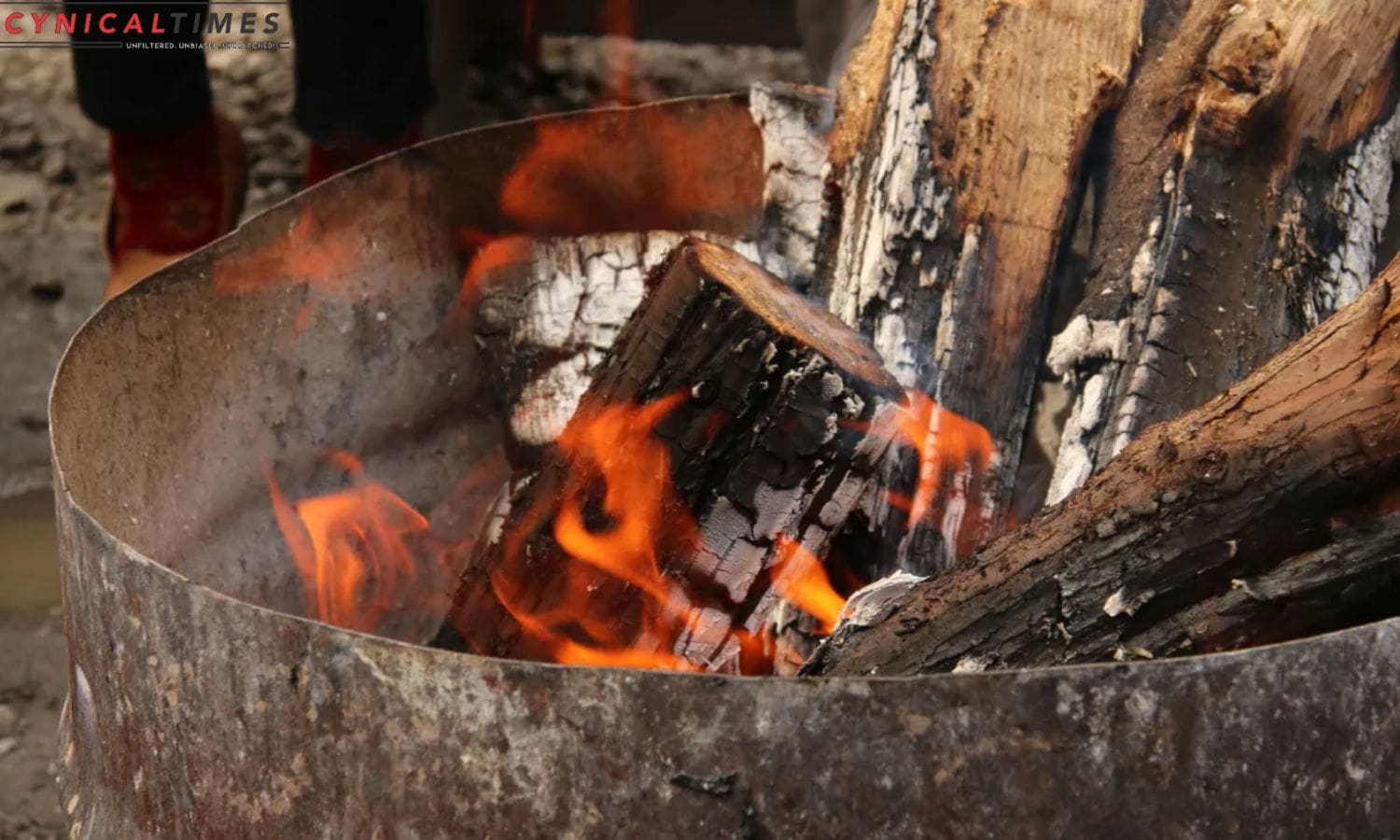SoCal Extends Wood Burning Ban: The South Coast Air Quality Management District (AQMD) has announced an extension of the wood-burning ban in Southern California due to anticipated high levels of air pollution.
This ban aims to mitigate the adverse health effects caused by wood smoke, particularly during periods of poor air quality.
In this article, we will explore the areas affected by the ban, exemptions granted, the role of AQMD, and the potential health risks and liability associated with violating the prohibition.
Key Takeaways Of SoCal Extends Wood Burning Ban
- The wood-burning ban in Southern California has been extended to areas including Los Angeles, Riverside, San Bernardino, and Orange County, with both indoor and outdoor wood burning prohibited.
- The ban exempts certain areas like mountain communities above 3,000 feet, Coachella Valley, and the high desert, as well as households relying on wood as their primary heating source and low-income residences.
- Wood smoke contains fine particles known as PM2.5, which can lead to respiratory problems and worsen asthma symptoms. Long-term exposure to PM2.5 is linked to reduced lung function and chronic respiratory diseases.
- The Air Quality Management District (AQMD) is responsible for enforcing the ban and aims to protect public health. Violating the ban can result in fines, criminal charges, and potential health risks such as respiratory issues and increased risk of heart disease.


The Ban and its Areas of Impact
The ban on wood burning in the Southland has a significant impact on the entire South Coast Air Basin. This region includes the non-desert areas of Los Angeles, Riverside, and San Bernardino counties, as well as the entirety of Orange County. Both indoor and outdoor wood burning is prohibited, aiming to reduce the release of harmful pollutants into the air. This measure is crucial in the South Coast Air Basin, known for its poor air quality due to vehicle emissions, industrial activities, and geographical conditions. By extending the ban, regulators are taking proactive steps to protect public health and improve air quality in this highly populated and pollution-prone area.
Exemptions from the Ban
Certain areas and households are exempt from the ban on wood burning in the Southland, including:
- Mountain communities above 3,000 feet
- The Coachella Valley
- The high desert
- Households relying on wood as their primary heating source
- Low-income residences
- Those lacking natural gas service
These exemptions have been put in place to address specific circumstances where wood burning is essential or where alternative heating sources are not readily available.
Mountain communities situated above 3,000 feet, the Coachella Valley, and the high desert are exempt due to their unique geographic and climatic conditions.
Households relying on wood as their primary heating source, low-income residences, and those lacking natural gas service are exempt to ensure that vulnerable populations are not left without a means to keep warm during the ban.
These exemptions are necessary to balance the need for improved air quality with the practical realities faced by certain areas and households in the Southland.
The Prohibition and Health Concerns
The extension of the wood-burning ban in SoCal is driven by concerns over the potential health risks associated with the release of fine particles in wood smoke. These particles, known as particulate matter or PM2.5, can penetrate deep into the lungs and cause respiratory problems. This is especially concerning for individuals with pre-existing conditions like asthma, as wood smoke can exacerbate their symptoms. To emphasize the health risks, the following table provides an overview of the potential health effects of exposure to PM2.5:
| Health Effects | Description |
|---|---|
| Respiratory problems | PM2.5 can irritate the respiratory system, leading to coughing, wheezing, shortness of breath, and respiratory infections. |
| Decreased lung function | Long-term exposure to PM2.5 has been linked to reduced lung function and the development of chronic respiratory diseases. |
| Cardiovascular issues | PM2.5 can enter the bloodstream and increase the risk of heart attacks, strokes, and other cardiovascular diseases. |
| Premature death | Prolonged exposure to high levels of PM2.5 has been associated with an increased risk of premature death. |

Also Read: Holiday Air Travel Surge Results in Delays, Cancellations at Bay Area Airports
The Role of AQMD and Extension of Ban
In light of the anticipated high air pollution levels, the South Coast Air Quality Management District (AQMD) has extended the wood-burning ban in Southern California. This decision by the AQMD is crucial in mitigating the detrimental effects of particulate air pollution.
Here are some key roles of the AQMD and the significance of the ban extension:
- Protecting public health: The AQMD’s primary goal is to safeguard the well-being of Southern Californians by reducing harmful air pollutants.
- Ensuring compliance: The AQMD enforces regulations and monitors adherence to the wood-burning ban, promoting accountability among residents.
- Environmental stewardship: By extending the ban, the AQMD demonstrates its commitment to preserving and improving air quality for future generations.
- Collaborative efforts: The AQMD collaborates with local communities, businesses, and government entities to raise awareness about the ban and promote responsible air pollution management.
- Scientific research: The AQMD continually conducts research to better understand the impacts of wood burning on air quality, allowing for evidence-based decision-making.
Health Risks and Liability Associated with Violation
Due to the anticipated high air pollution levels, there are potential health risks and legal consequences associated with violating the wood-burning ban in Southern California. The district’s alert highlights the importance of adhering to air pollution regulations, particularly when it comes to wood burning. Violators may face criminal or civil liability, subject to the determination of city, county, or state prosecutors. The following table provides an overview of the health risks and legal consequences associated with violating the wood-burning ban:
| Health Risks | Legal Consequences |
|---|---|
| – Respiratory issues | – Fines |
| – Increased risk of heart disease | – Criminal charges |
| – Aggravation of asthma and allergies | – Civil lawsuits |
| – Eye and throat irritation | – Court-ordered injunctions |
| – Reduced lung function | – Potential property damage claims |
It is important to prioritize public health and comply with the wood-burning ban to minimize the health risks and legal liabilities associated with violating the regulations.


Conclusion Of SoCal Extends Wood Burning Ban
In conclusion, the extension of the wood-burning ban in Southern California is a necessary measure to mitigate anticipated high levels of air pollution.
The ban covers specific areas and aims to protect public health by reducing harmful emissions. While there are exemptions in place, the prohibition is essential to address the health concerns associated with wood-burning.
The AQMD plays a crucial role in enforcing and extending the ban, ensuring that individuals understand the health risks and potential liability associated with violating the regulations.

